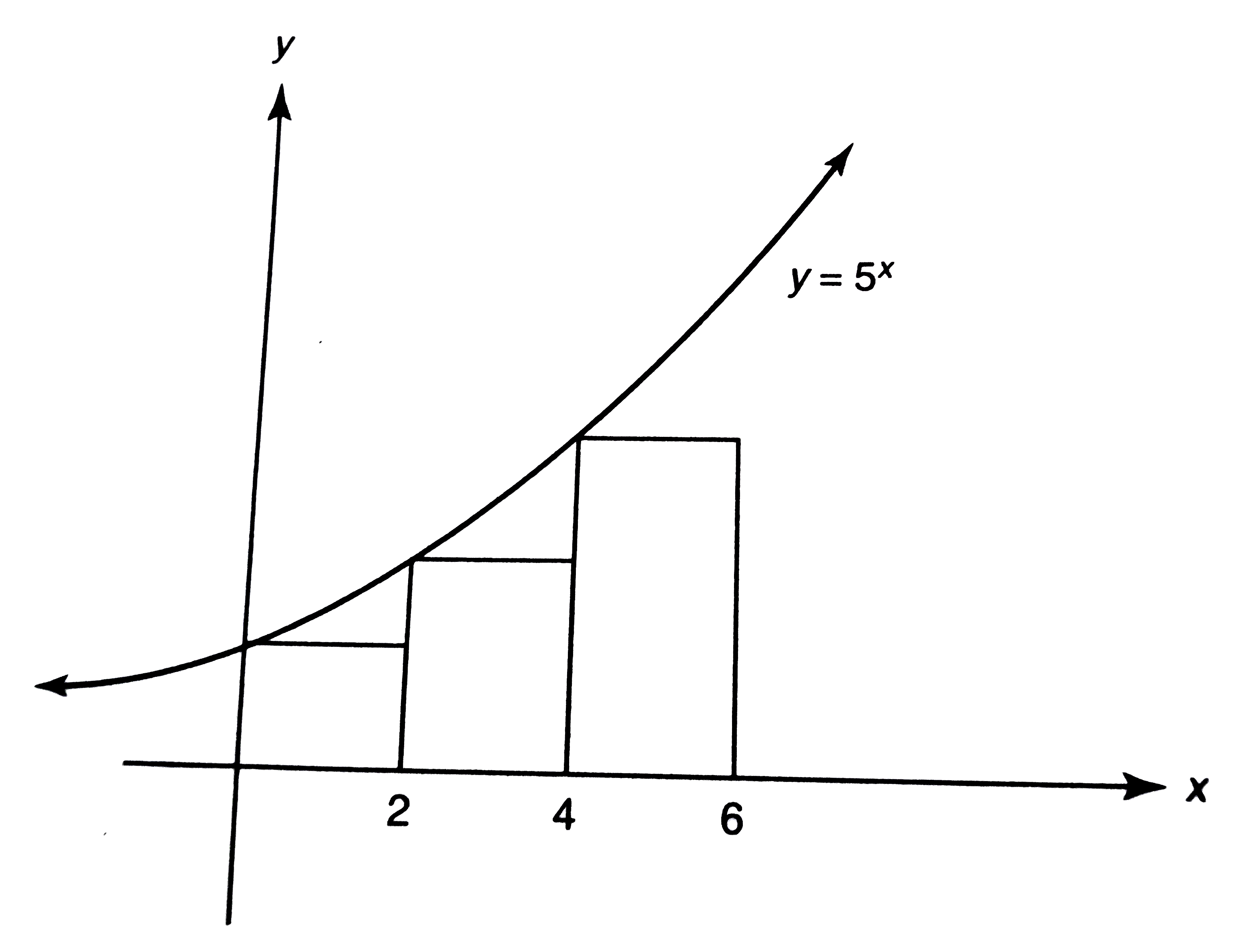Let f(x)= Degree of (ux2+u2+2u+3). Then, atx=√2,f(x) is
continuous but not differentiable
differentiable
dicontinuous
none of these
The correct Answer is:A
To solve the problem, we need to find the function f(x)=Degree of (ux2+u2+2u+3) at x=√2.
1. Understanding the Function:
The function f(x) represents the degree of the polynomial ux2+u2+2u+3. The degree of a polynomial is the highest power of the variable in that polynomial.
2. Identifying the Degree:
- For x>√2:
The term ux2 will dominate because x2 will be greater than 2. Therefore, the degree of the polynomial will be x2.
- For x≤√2:
The term u2 will dominate, and the degree will be 2.
3. Finding the Value at x=√2:
Since x=√2 is the boundary point, we need to check the limits from both sides:
- For x→√2+ (approaching from the right), the degree is x2.
- For x→√2− (approaching from the left), the degree is 2.
4. Calculating the Limits:
- limx→√2+f(x)=√22=2
- limx→√2−f(x)=2
5. Conclusion on Continuity:
Since both limits are equal and equal to f(√2)=2, the function is continuous at x=√2.
6. Finding the Derivatives:
- Left-Hand Derivative (LHD) at x=√2:
The function is constant (degree 2) for x<√2, so:
LHD=ddx(2)=0
- Right-Hand Derivative (RHD) at x=√2:
The degree is x2 for x>√2, so:
RHD=ddx(x2)=2xand at x=√2, RHD=2√2
7. Conclusion on Differentiability:
Since LHD (0) is not equal to RHD (2√2), the function is not differentiable at x=√2.
Final Answer:
Thus, f(√2)=2.
The function f(x) represents the degree of the polynomial ux2+u2+2u+3. The degree of a polynomial is the highest power of the variable in that polynomial.
- For x>√2:
The term ux2 will dominate because x2 will be greater than 2. Therefore, the degree of the polynomial will be x2.
- For x≤√2:
The term u2 will dominate, and the degree will be 2.
Since x=√2 is the boundary point, we need to check the limits from both sides:
- For x→√2+ (approaching from the right), the degree is x2.
- For x→√2− (approaching from the left), the degree is 2.
- limx→√2+f(x)=√22=2
- limx→√2−f(x)=2
Since both limits are equal and equal to f(√2)=2, the function is continuous at x=√2.
- Left-Hand Derivative (LHD) at x=√2:
The function is constant (degree 2) for x<√2, so:
LHD=ddx(2)=0
- Right-Hand Derivative (RHD) at x=√2:
The degree is x2 for x>√2, so:
RHD=ddx(x2)=2xand at x=√2, RHD=2√2
Since LHD (0) is not equal to RHD (2√2), the function is not differentiable at x=√2.
Thus, f(√2)=2.
Topper's Solved these Questions
- CONTINUITY AND DIFFERENTIABILITYBOOK - OBJECTIVE RD SHARMA ENGLISHCHAPTER - CONTINUITY AND DIFFERENTIABILITYEXERCISE - Section II - Assertion Reason Type
13 Videos
- CONTINUITY AND DIFFERENTIABILITYBOOK - OBJECTIVE RD SHARMA ENGLISHCHAPTER - CONTINUITY AND DIFFERENTIABILITYEXERCISE - Exercise
87 Videos
- CONTINUITY AND DIFFERENTIABILITYBOOK - OBJECTIVE RD SHARMA ENGLISHCHAPTER - CONTINUITY AND DIFFERENTIABILITYEXERCISE - Exercise
87 Videos
- COMPLEX NUMBERS BOOK - OBJECTIVE RD SHARMA ENGLISHCHAPTER - COMPLEX NUMBERS EXERCISE - Chapter Test
58 Videos
- DEFINITE INTEGRALSBOOK - OBJECTIVE RD SHARMA ENGLISHCHAPTER - DEFINITE INTEGRALSEXERCISE - Chapter Test 2
56 Videos
Similar Questions
Knowledge Check
If f(x) = x√x , then f(√2)=
 A1.4B1.5C1.6D2.0
A1.4B1.5C1.6D2.0If f(x)=3x3−2x2+x−2 , and i=√−1 then f(i) =
A−2i−4B4i-4C4iD−2i
let f(x)=√1+x2 then
View SolutionLet f(x)={1+|x−2|x≠22x=2 then at x=2,f(x) has
View SolutionLet f(x)=(4−x2)2/3, then f has a
View SolutionDiscuss the continuity for f(x)=1−u22+u2, where u = tan x.
View SolutionLet f(x)=x+√x2+2xandg(x)=√x2+2x−x, then:
View SolutionLet f(x)=1√18−x2 The value of Ltx→3f(x)−f(3)x−3 is
View Solution
